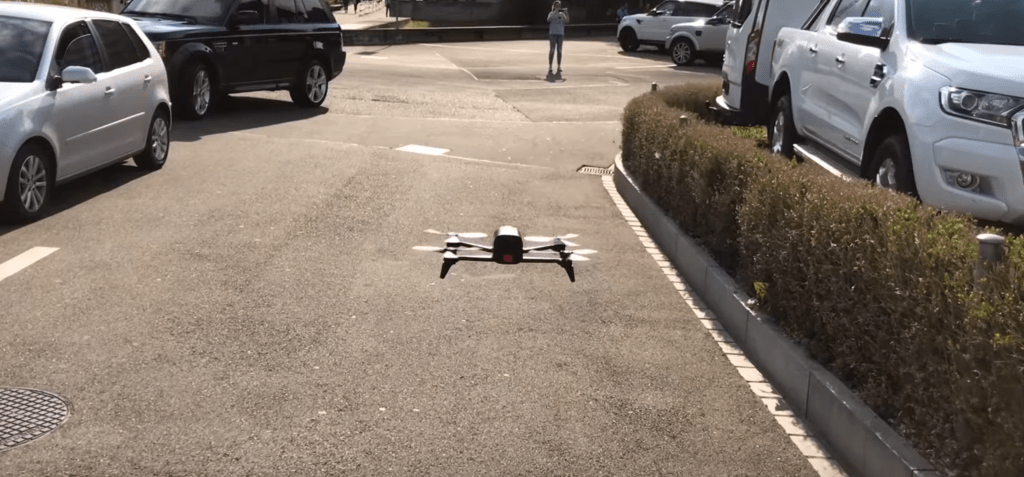Street-level drone operations in urban centers are far from becoming a reality. There are plenty of reasons why that is. As autonomous car manufacturers are discovering, things can go wrong on the road and certain situations can’t be predicted or accounted for. If the autonomous vehicle is airborne, that adds another level of complexity to what is already a dynamic scenario. Quite rightly, safety comes first.

And yet plenty of people remain convinced that in a few short years we’ll be sharing the streets – not just the skies – with autonomous drones. One team building technology to make that a reality is made up of researchers from the University of Zurich and the Universidad Politecnica de Madrid.
In a paper published earlier this week, the researchers showed that it’s possible to train drones to adapt to the rules of the road. This is DroNet, short for Drone Network.
Teaching drones how to behave
The team has harnessed machine learning to develop DroNet, a convolutional neural network “that can safely drive a drone through the streets of a city.” So how does it work?
Essentially, DroNet is a training algorithm. Using the drone’s onboard camera it produces two outputs. The first is a decision on a safe steering angle to make sure the drone avoids any obstacles. Second is a collision probability, which teaches the UAV to recognize dangerous situations unfolding and react to them.
“We have developed an algorithm that can safely drive a drone through the streets of a city and react promptly to unforeseen obstacles, such as other vehicles and pedestrians,” said Davide Scaramuzza, head of the University of Zurich’s Robotics and Perception Group.
The question now is how to gather enough data to continue the development of the algorithm. In an ideal world, a professional pilot would fly different routes to build up a database of training trajectories. But given the amount of data required and the risk it could pose to people and road users, that’s not really an option. Instead the team has started to train a UAV using data collected by cars and bicycles.
As these are already a common occurrence on our roads, they provide mountains of realistic data. The algorithm can observe and learn from this data to build a wider understanding of static and moving obstacles.
So far the system has been able to drive drones autonomously while following learned rules of the road, such as staying in your lane, avoiding pedestrians and other basic things we take for granted.
Want to find out more? You can read the research paper here.
Malek Murison is a freelance writer and editor with a passion for tech trends and innovation. He handles product reviews, major releases and keeps an eye on the enthusiast market for DroneLife.
Email Malek
Twitter:@malekmurison
Subscribe to DroneLife here.
